Mouse in the House, or Something Worse? A No-Nonsense Guide to Figuring It Out
So, you’ve heard it. That little scratching sound in the wall late at night, or a scurrying noise from the kitchen the second you turn the lights off. The first question that pops into your head is always the same: “Is that a mouse… or a rat?” Honestly, figuring this out is the absolute first step, and it changes everything about how you tackle the problem. The wrong guess means you’re just wasting time and money on the wrong gear while your unwanted guests get more comfortable.
In this article
A lot of people think it just comes down to size, but that’s the most common mistake I see. A young rat can look almost identical to a full-grown house mouse. I’ve heard plenty of stories of people setting out those small, standard mouse traps only to find out they were dealing with a juvenile rat that could probably bench-press the thing. Getting a positive ID is about looking at the clues like a detective: the shape of its head, the size of its ears, and, most importantly, the evidence it leaves behind.
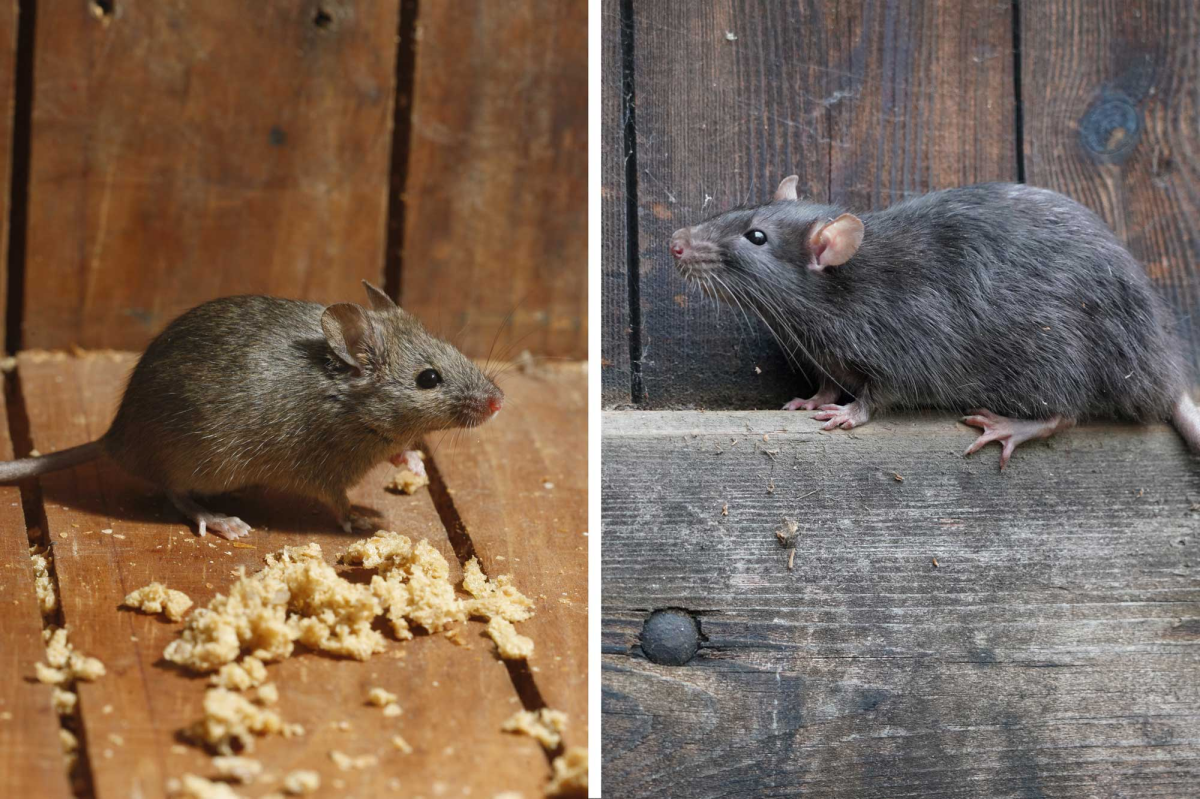
By the way, you can often tell the difference just by listening closely. Mice are light and quick, so you’ll hear faint, fast scurrying and scratching sounds. Rats are heavier and clunkier. Their movements can sound more like deliberate thumps, and their gnawing is a slower, more powerful sound you might hear coming from the attic or crawlspace.
Your 10-Minute Reality Check
Want to do some quick detective work right now? Grab a flashlight and check under your kitchen sink, behind the stove, and in the back of your pantry. Look for droppings that look like dark grains of rice. See any small holes around the pipes or wires coming through the wall? You’ve just found a mouse’s favorite highway and entry point. Finding this stuff is the first step to taking back your home.
How They Get In (And How to Stop Them)
The number one thing to understand about rodents is their almost supernatural ability to squeeze through tiny gaps. It’s not a myth, but it’s not magic, either. They have a full skeleton, but their rib cages are hinged at the spine, allowing them to compress their bodies incredibly well. The rule of thumb the pros use is simple: if a rodent can get its head through, the rest of the body is coming with it.
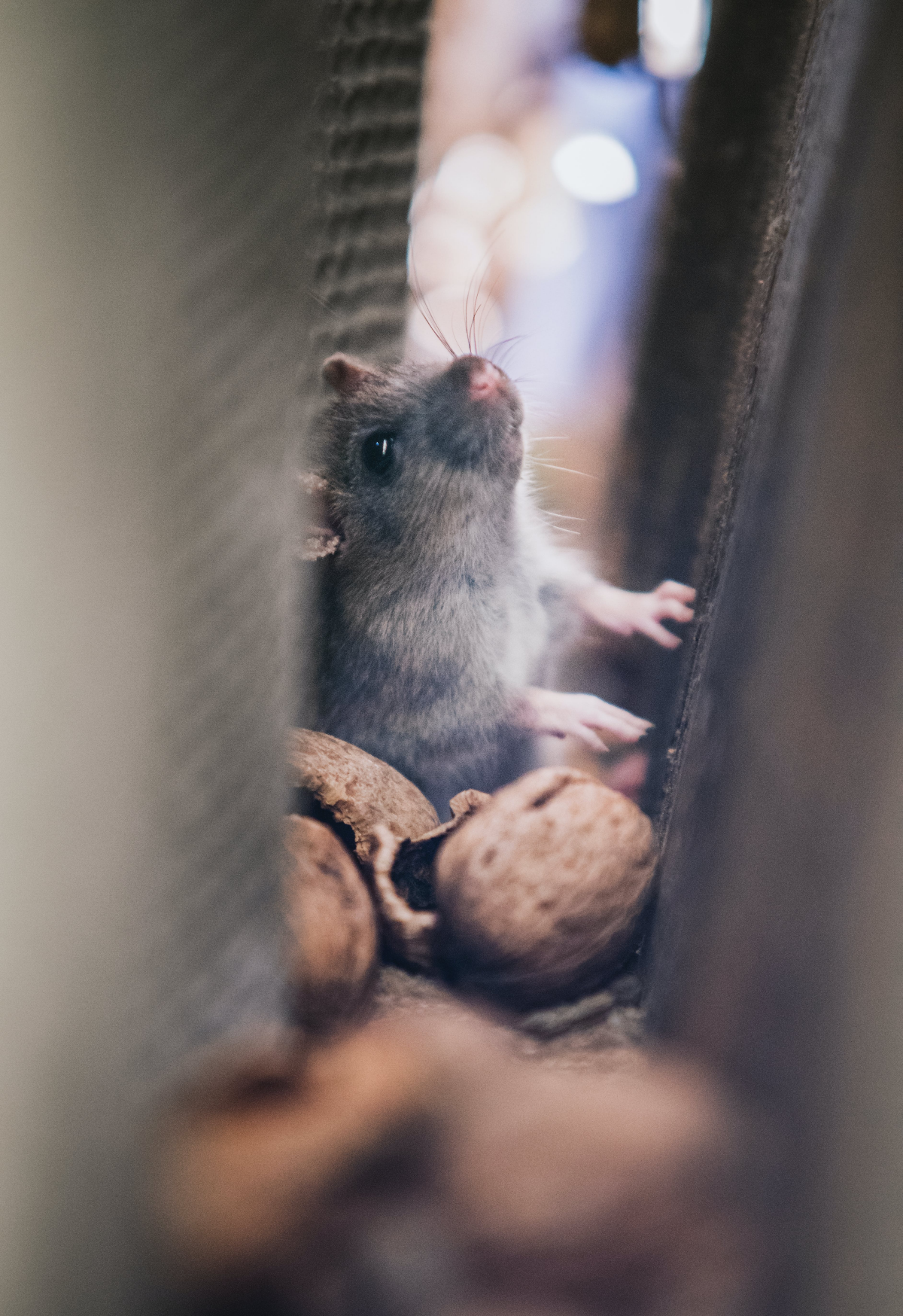
For a house mouse, that’s an opening the size of a dime. For a rat, it’s a hole the size of a quarter. This is why just setting traps is a temporary fix. The long-term solution is exclusion—finding and sealing every single one of those gaps.
A quick tip on sealing: Don’t just grab a can of expanding foam! They’ll chew right through that for fun. The pro move is to first stuff the hole tightly with coarse steel wool, which you can get at any hardware store for a few bucks. They absolutely hate chewing on it. Then, seal over the steel wool with a quality caulk or cover a larger gap with a metal patch. That’s how you shut the door for good.
The ID Guide: A Head-to-Head Look
Okay, let’s get into the nitty-gritty of telling these guys apart. We’re going to focus on the three you’re most likely to find inside a building: the House Mouse, the beefy Norway Rat, and the agile Roof Rat.
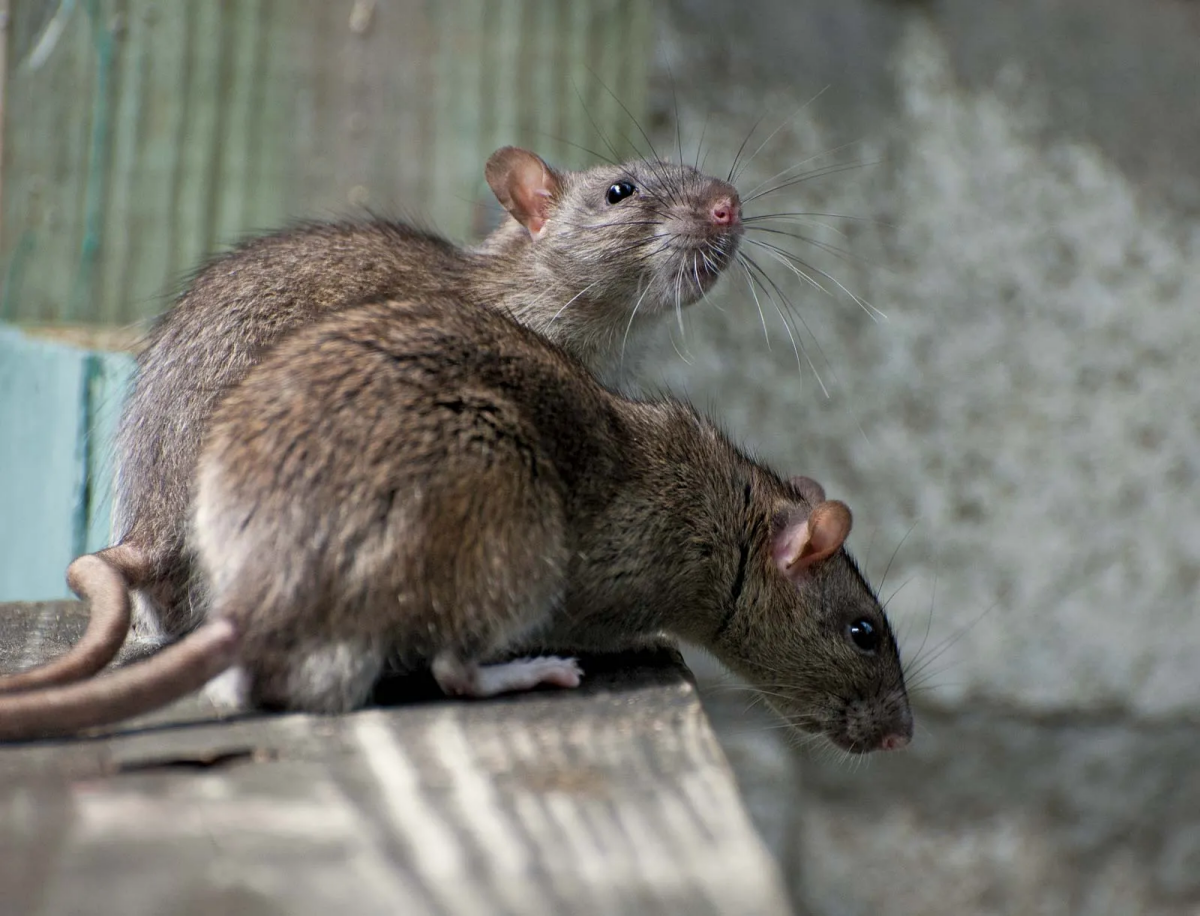
The Young Rat vs. Adult Mouse Problem
This is where most people get tripped up. The easiest way to tell them apart is to look at their proportions. A young rat has a big head and oversized feet that look clumsy and out of place on its body—kind of like a puppy that hasn’t grown into its paws. An adult house mouse, on the other hand, is perfectly proportioned. Its head, ears, and feet all look like they belong on its tiny frame.
Body Shape and Size
When they’re fully grown, the difference is pretty stark. A House Mouse is small and slender, usually just 3 to 4 inches long plus the tail, and weighs next to nothing. The Norway Rat is the tank of the group—heavy, thick, and blocky, often 7 to 9.5 inches long and can weigh over a pound. A Roof Rat is more athletic and sleek, a bit smaller than a Norway Rat (around 6 to 8 inches long) but much lighter on its feet.
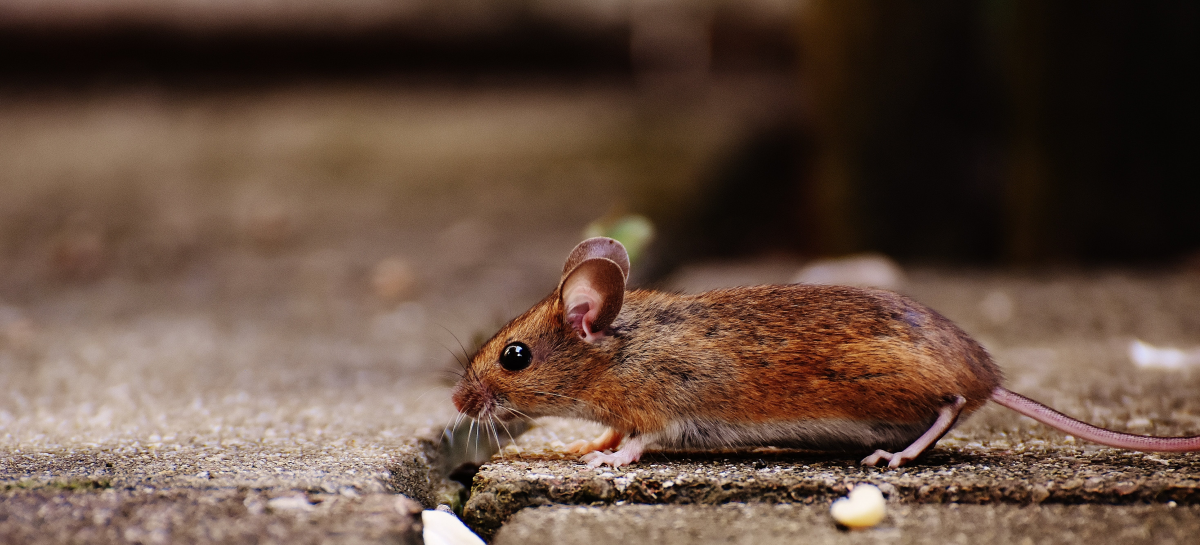
Face, Ears, and Eyes
Look at the face. A House Mouse has a pointy, triangular nose with large ears and small eyes. A Norway Rat has a blunt, rounded snout, almost like a bulldog, with small ears and eyes that look beady on its big head. The Roof Rat has a sharp, pointed nose with very large, prominent ears and big dark eyes, giving it an alert, almost curious look.
The Tail is the Telltale Sign
Honestly, if you get a good look at the tail, you can usually make a positive ID. A House Mouse’s tail is roughly the same length as its head and body combined. A Norway Rat’s tail is noticeably shorter than its head and body. But the key identifier for a Roof Rat is a tail that is longer than its head and body combined. If you could (theoretically!) fold its tail back over its body, it would extend past its nose.
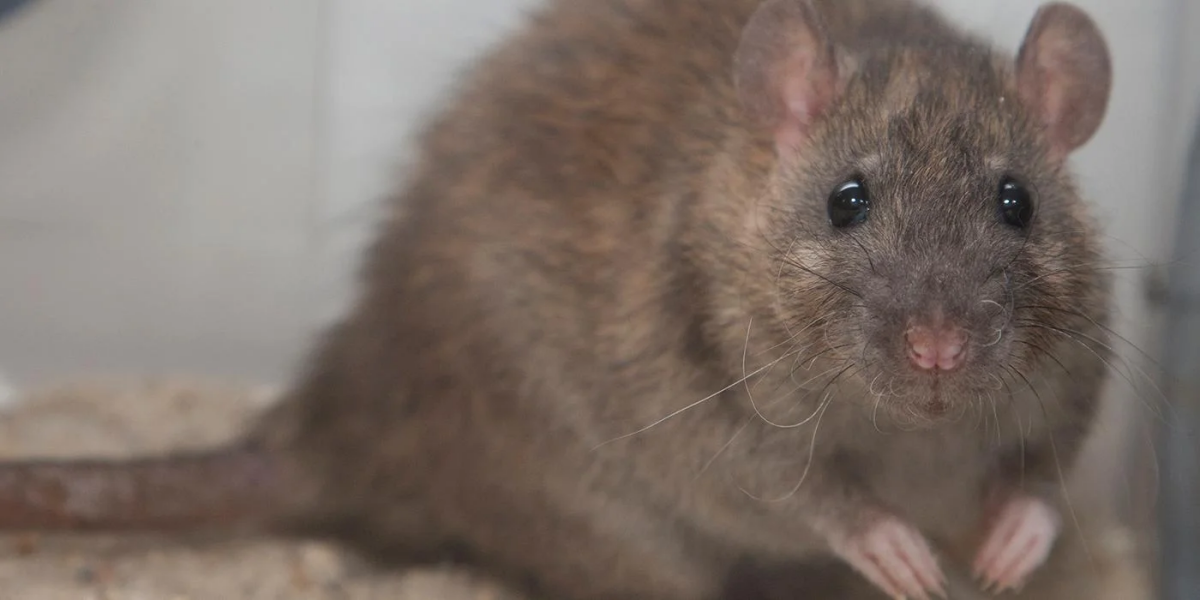
The Evidence Doesn’t Lie: Droppings and Damage
You might not ever see the rodent itself, but you will absolutely see what it leaves behind. To be frank, the droppings are the best evidence you can find.
Heads up! Safety first. Rodent droppings can carry some nasty stuff. Never handle or sweep them up dry, as this can kick pathogens into the air. Always wear gloves and an N95-rated mask. The safest way to clean is to lightly spray the droppings with a disinfectant or a 10% bleach solution, let it sit for five minutes, and then wipe everything up with paper towels. Seal it all in a plastic bag before tossing it.
- Mouse Droppings: These are tiny, about 1/8 to 1/4 inch long, and look like black grains of rice or pointy little sprinkles. You’ll find them scattered everywhere, as mice defecate on the move.
- Norway Rat Droppings: These are much larger, around 3/4 inch long, and capsule-shaped with blunt ends. They are usually found in clusters in a corner or along a wall.
- Roof Rat Droppings: These are about 1/2 inch long and spindle-shaped—wider in the middle with pointed ends. Like Norway rats, they tend to leave them in piles.
Also, check out the gnaw marks. A mouse leaves small, scratchy marks. A rat, however, leaves significant damage. Their gnaw marks are about 1/8 inch wide, and they can chew through soft metals, PVC pipes, and wood studs with no problem.
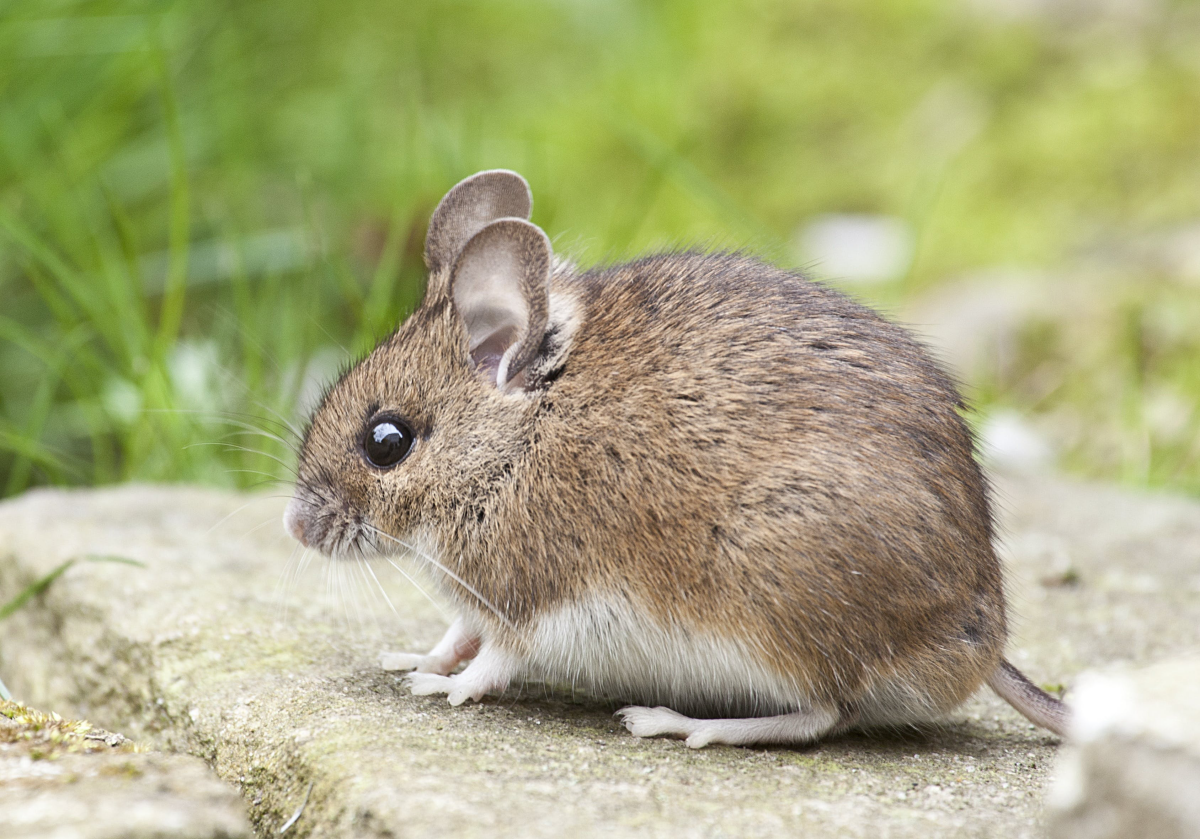
Location, Location, Location: Where to Look
Where you find the evidence is a massive clue. House Mice are homebodies. They build nests out of soft, shredded materials (like insulation or paper) inside your walls, behind cabinets, or deep inside a forgotten piece of furniture. They stick close to their nest, usually within a 10-30 foot radius.
Norway Rats are burrowers. They love to live at or below ground level, so check for them in basements, crawlspaces, and along the foundation of your house. They’re the classic “sewer rat” and are built for digging.
Roof Rats, as you can guess, are incredible climbers. They prefer to live up high. Look for them in attics, ceiling voids, and on top of wall plates. Outdoors, they love trees and dense ivy, often using utility lines as their personal highway to your roof.
Beating Them at Their Own Game: Bait and Traps
Understanding how they eat is key to getting rid of them. Mice are curious nibblers; they eat tiny amounts from many different spots. This is why using several traps is more effective than one. For bait, a tiny dab of peanut butter or hazelnut spread on a snap trap is incredibly effective. They’ll investigate it almost immediately.
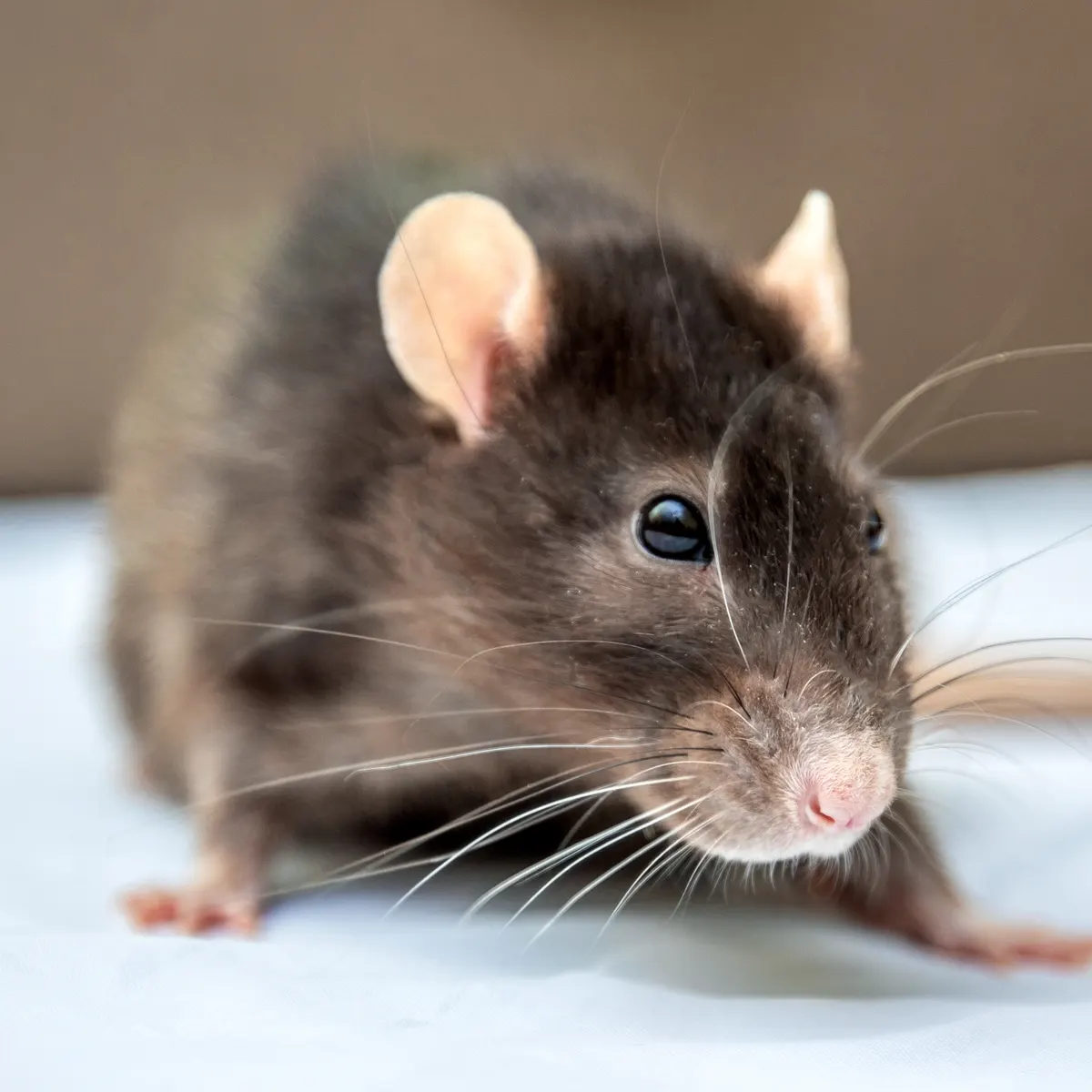
Rats, on the other hand, are the total opposite. They are deeply suspicious of new things in their environment—a trait called neophobia. If you just put a new trap in their path, they might avoid it for weeks. They also tend to eat a full meal from one spot they’ve decided is safe. For these guys, you have to be more clever. Try securely wiring a piece of bacon or Slim Jim to the trap trigger. They have to work at it to get it off, which usually ensures a clean catch.
A lesser-known trick for neophobic rats is to “pre-bait” your traps. Place the traps (UNSET!) along their travel routes for a few nights with bait on them. Let them get comfortable thinking it’s a safe new food source. Then, once they’re used to it, you set the traps. This little bit of patience makes a world of difference.

The Big Decision: DIY vs. Calling a Pro
Let’s talk about the real-world considerations. For a single mouse, you can probably handle it. But if the problem is bigger, you need to weigh your options.
A DIY starter kit with a dozen good snap traps, some steel wool, and a tube of caulk might run you between $30 and $50 at a place like Home Depot. It’s a solid starting point for a minor issue.
But you should call a professional when:
- You even suspect it’s rats. Their intelligence, neophobia, and the greater health risks they pose make them a much tougher opponent.
- The problem won’t go away. If you’re still seeing fresh signs after a couple of weeks of trying, the infestation is bigger than you think.
- You have kids or pets. The pros know how to use tamper-resistant bait stations and place traps where curious pets or children can’t get to them. The risk of accidentally harming a non-target animal with over-the-counter bait is very real.
- You can’t find the source. A good pro doesn’t just treat the symptoms; they find and help you seal the entry points. Without that, you’re just signing up for a never-ending cycle of trapping.
To be frank, a professional call-out isn’t cheap. An initial inspection and setup for a rat problem typically starts in the $200 to $450 range, depending on where you live and the severity of the issue. But you’re paying for expertise, a comprehensive plan, and peace of mind. And honestly, that’s often far cheaper than the cost of repairing gnawed electrical wiring that could cause a fire.
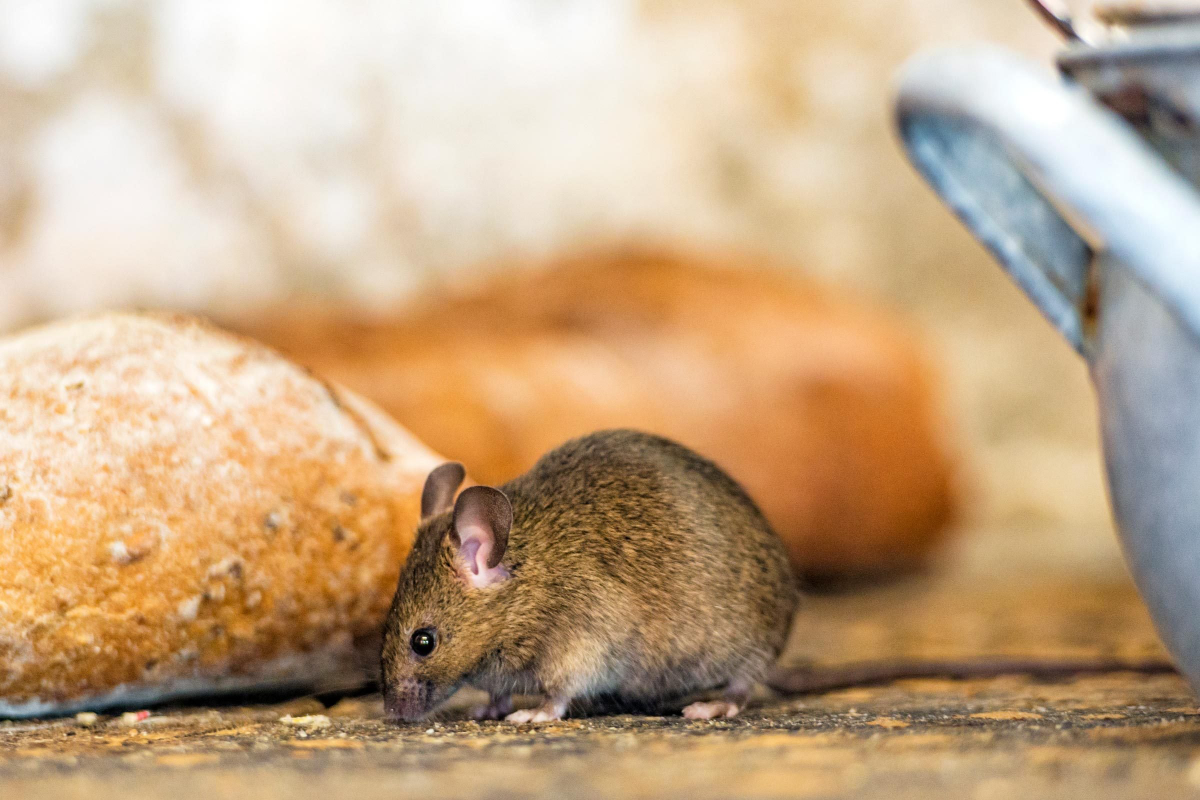
Disclaimer: This information is for identification and educational purposes. The use of rodenticides is regulated by law. Always read and follow the entire label of any product you use. For a significant infestation or if you’re ever in doubt, the safest and most effective choice is to consult a licensed and insured pest management professional.
Galerie d’inspiration

What’s that smell?
Beyond sounds and droppings, your nose is a powerful detective. A persistent, stale, ammonia-like smell, especially in enclosed areas like under a sink or in a rarely used cabinet, is a tell-tale sign of an established mouse infestation. This musky odor comes from their urine. For rats, the smell is often sharper and more pungent. If you notice this distinct scent, it’s a clear signal that the problem has moved beyond a single, recent intruder and requires immediate, thorough action.










